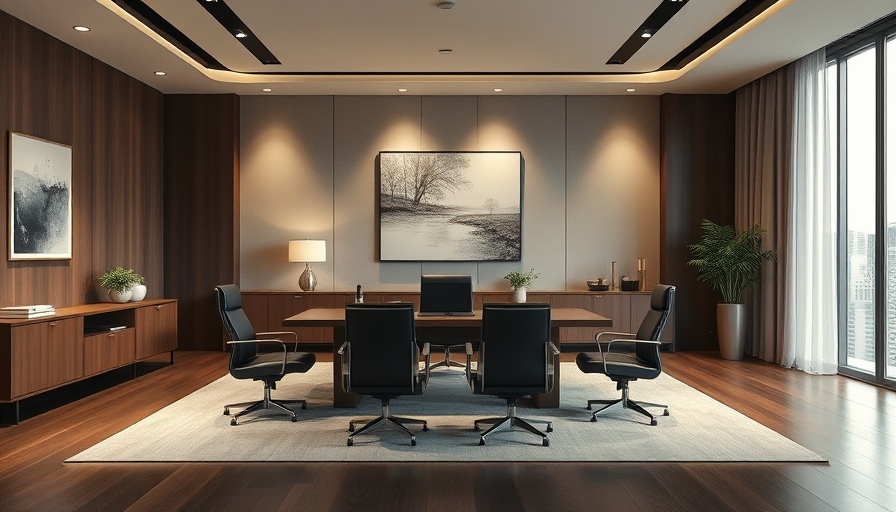
A Fusion of Tradition and Modernity in Workspace Design
The Ajman Ruler's Court in the UAE showcases a seamless blend of traditional Emirati elements and contemporary design, thanks to the innovative approach by design studio Roar. Spearheaded by Roar founder Pallavi Dean, the project aimed to create a world-class government building that embodies the rich heritage and modern culture of Ajman, the smallest of the seven United Arab Emirates. By using an earthy color palette and incorporating symbolic design elements, the court not only stands as a governmental hub but as a testament to Ajman's evolving identity.
Design Philosophy: Creating Collaborative Environments
One of the main challenges Roar faced was fostering a collaborative environment within the Ajman Ruler's Court. The team approached this by developing a layout inspired by Ajman's geography, creating "mini districts" within the building. These zones facilitate various styles of work, from seated to deep work, embodying flexibility and adaptability. The double-volume spaces serve as connective hubs, encouraging both physical and visual interaction among government departments, ultimately boosting engagement and productivity.
Inspired by Nature and Local Culture
Central to the building's design is a staircase that draws inspiration from the natural desert landscapes, resembling the elegant curves of sand dunes. This choice encapsulates the essential qualities of fluidity and resilience, reflecting the dynamic nature of leadership. Additionally, the ceiling of the stairwell nods to the dhow boats integral to Ajman's economy, incorporating their traditional forms within the building's modern architecture. This design is further enhanced by an installation of abstracted palm trees by Emirati artist Khalid Shafar, linking cultural heritage with contemporary expression.
Relevance to Digital Nomads and Workspace Enthusiasts
The principles applied in designing the Ajman Ruler's Court offer valuable insights for digital nomads interested in crafting ergonomic and efficient remote work environments. From the use of earthy, calming color schemes to creating distinct zones for various tasks, these design tactics can be adapted to enhance productivity and well-being. Such an approach is crucial for anyone keen on designing a workspace that supports flexibility, focus, and culturally inspired creativity.
Future Predictions in Workspace Design
Looking ahead, the seamless integration of cultural heritage and contemporary design might set a trend in the evolution of workspace environments. With a growing emphasis on well-being and connectivity, future workspaces could further explore the balance between tradition and modernity, embracing versatile designs that cater to varying work styles and enhance interactivity. As more professionals seek workspaces that reflect both personal and cultural identities, these trends could redefine how we approach workspace design on a global scale.
 Add Row
Add Row  Add
Add 




Write A Comment